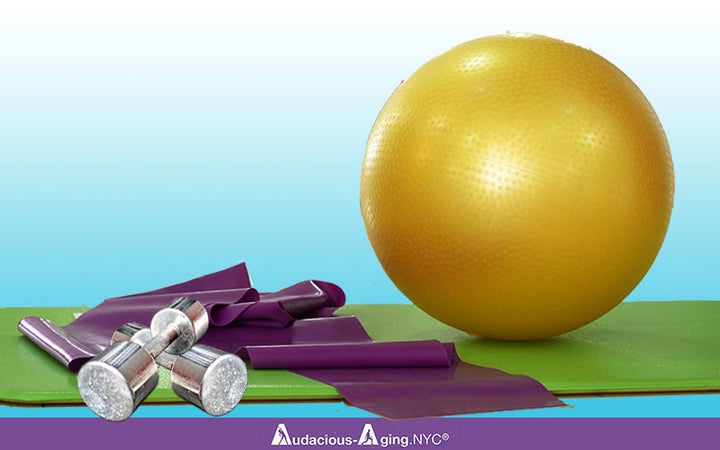
Society doesn’t reward failure, and it’s not well-documented in history books. Ultimately, we often focus so much on not failing that we don’t aim for success. In fact, “Failure is not an option,” is a phrase that has been etched into our collective memory.
Failure is not a dirty word. All things considered, failure is the only way to reach success. To begin with, failing lets you find your limits, and is the first step to moving past them. In short, failure isn’t the end of the road, so long as you don’t give up.
Something everyone who has succeeded has in common, is that they all failed at one time or another. More than likely, probably multiple times. For example, Google tried to sell itself for one million dollars! In addition, Henry Ford, the great automaker, went bankrupt four times. Significantly, Thomas Edison produced thousands of light bulbs that gave no light at all!

It turns out after the age of 30, we lose about 25% of our muscle strength by time we reach 70. At the same time, as we approach the age of 90, we have about half our muscle mass left. To put it another way, it explains why we feel weak and tired.
Strength training is critical for combating frailty, and for staying active and self-sufficient. To emphasize, while strength training won’t stop muscle loss, it goes a long way in slowing it down to a crawl.
Muscle strength results in bone health and balance. Further, it ensures being strong enough for daily activities, such as climbing stairs and carrying groceries. In the long run, stronger muscles equal stronger cycling, swimming, and running, as well as better performance in other activities you do. Even when it’s not visible, small changes can make a big difference in your strength.
A key principle is: increasing stress triggers all natural muscle growth. To put it another way, you must add more stress than your body or muscles have already adapted to. As an illustration, if you ever felt the burn of an exercise, then you felt the effects of (metabolic) stress.
It’s important to realize that you can successfully increase your strength by gradually increasing the amount of weight you use. What happens is, your body repairs (or replaces) damaged muscle fibers through hypertrophy (growth). In other words, the muscle fibers regenerate and grow, to form new muscle strands (or myofibrils).
This process, however, does not happen while you actively lift weights. Instead, it occurs while you rest. (MusclesGrow)

Start out with a weight that you can lift only 8 times.
Continue using that weight until you become strong enough to lift it 12 times.
After that, add more weight, so you can again lift it only 8 times.
To repeat, use this weight until you can again lift it 12 times, then add more weight.
Then, keep repeating.
It’s important to understand there are a couple of things I’m not saying with that statement:
First, I’m not saying you should repeatedly practice failing.
Additionally, I’m not saying failing is more important than succeeding.
I simply, and strongly, suggest it’s important that you learn to fail to succeed in your fitness journey.

In-Home Personal Training in Manhattan
My name is Jacqueline Gikow. Every week I publish an article about health (getting active and fit), or wellness (enriching your life).
As a trainer, I understand bodies, and how to support people who may not like working out. Most compelling, I make it easier for you move from a reluctant to eager exerciser, without joining a gym (unless you want to).
Contact me through Audacious-Aging.NYC®, to get started with my in-home, or aquatic, personal training programs.
